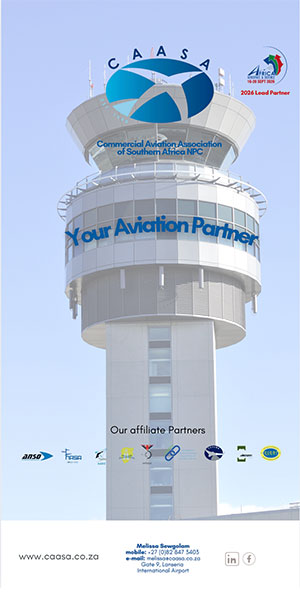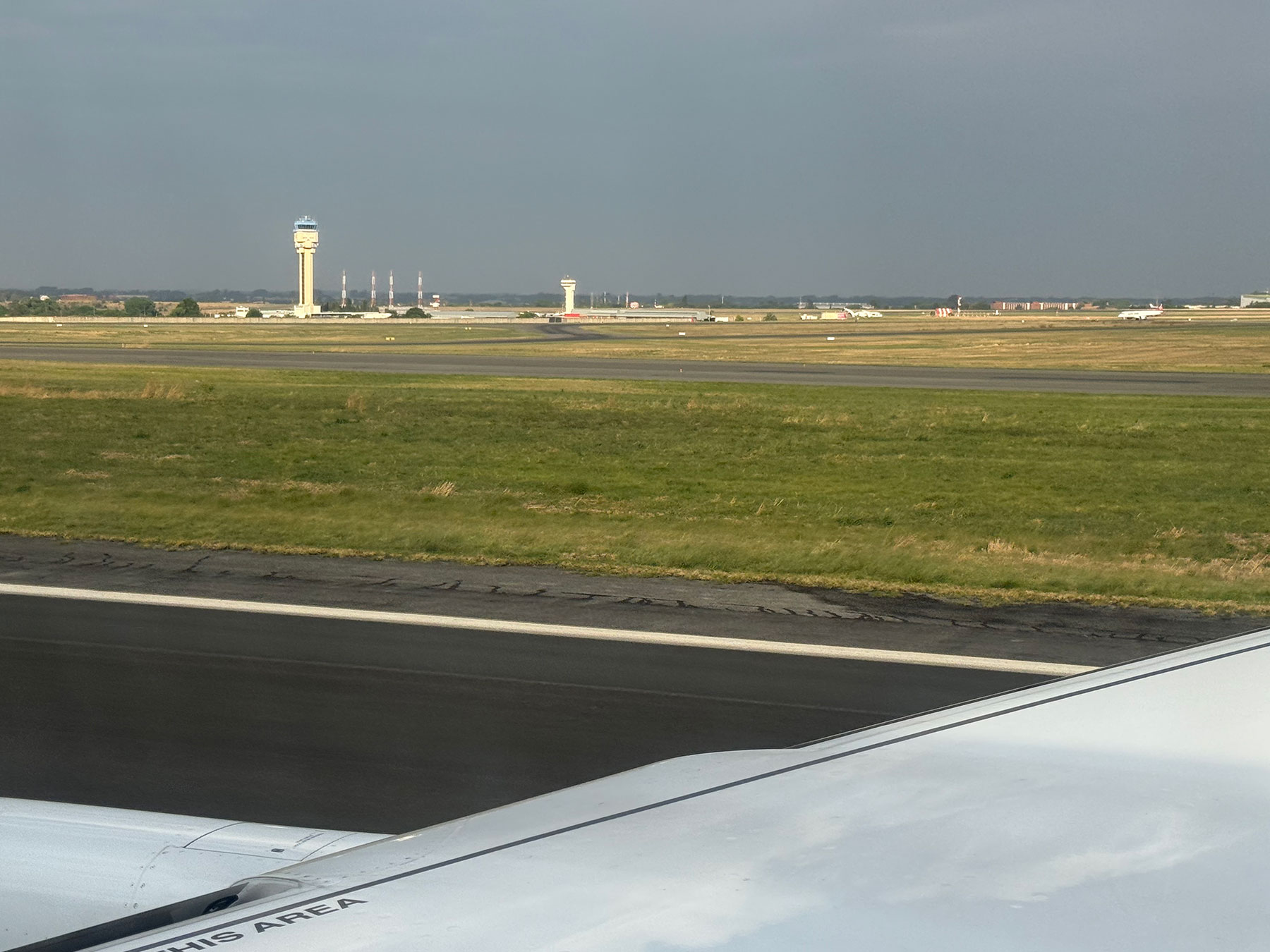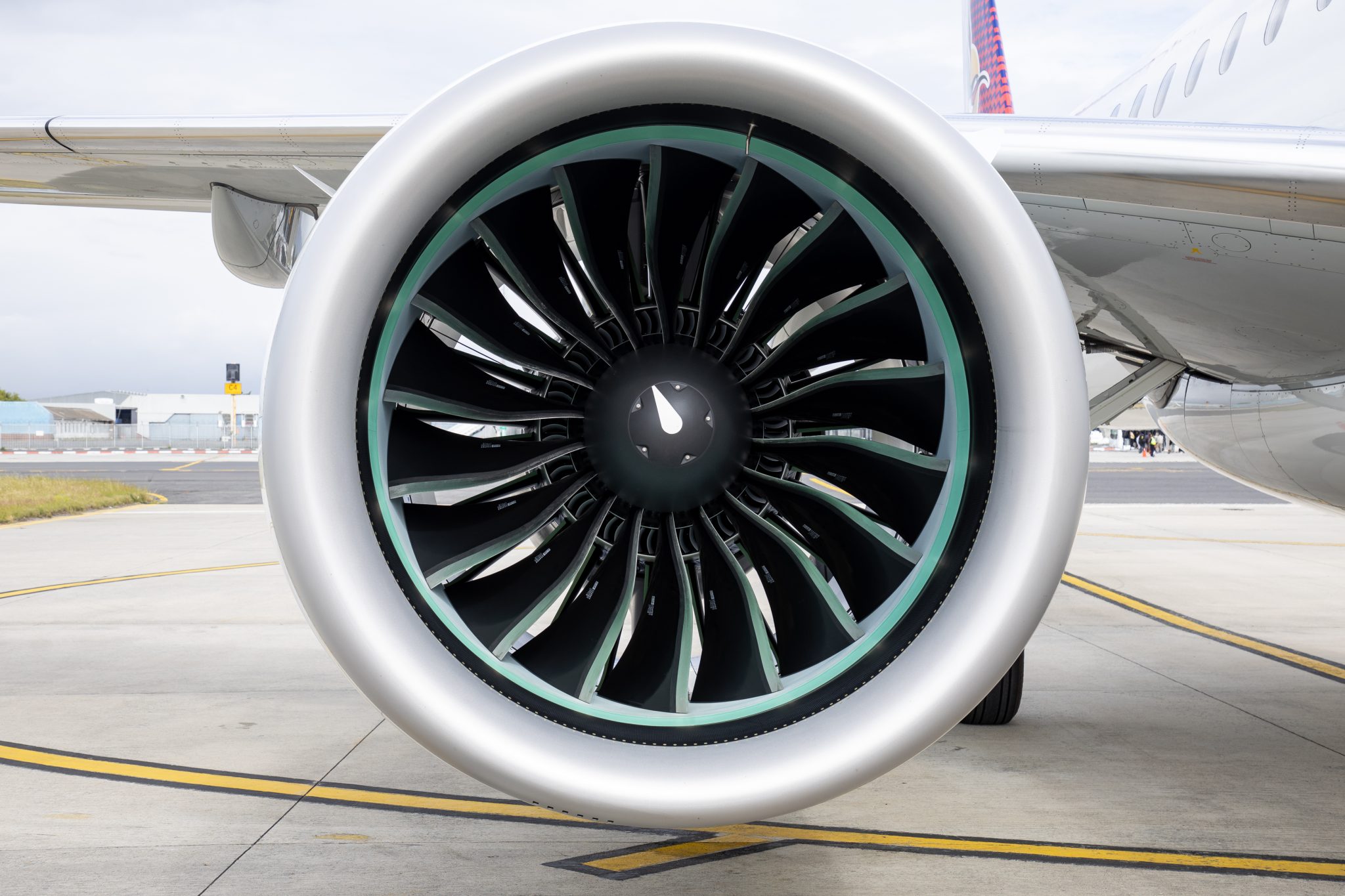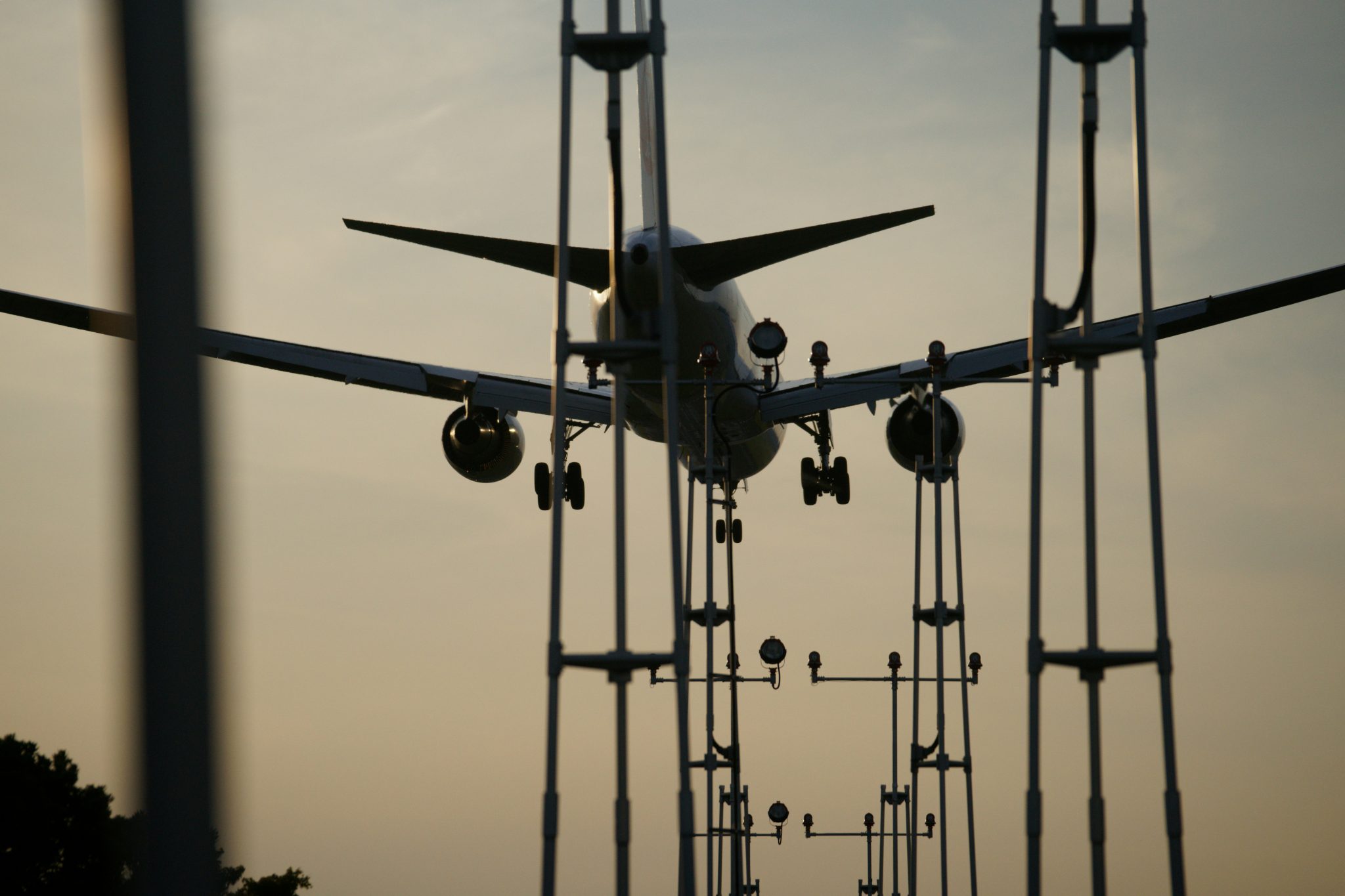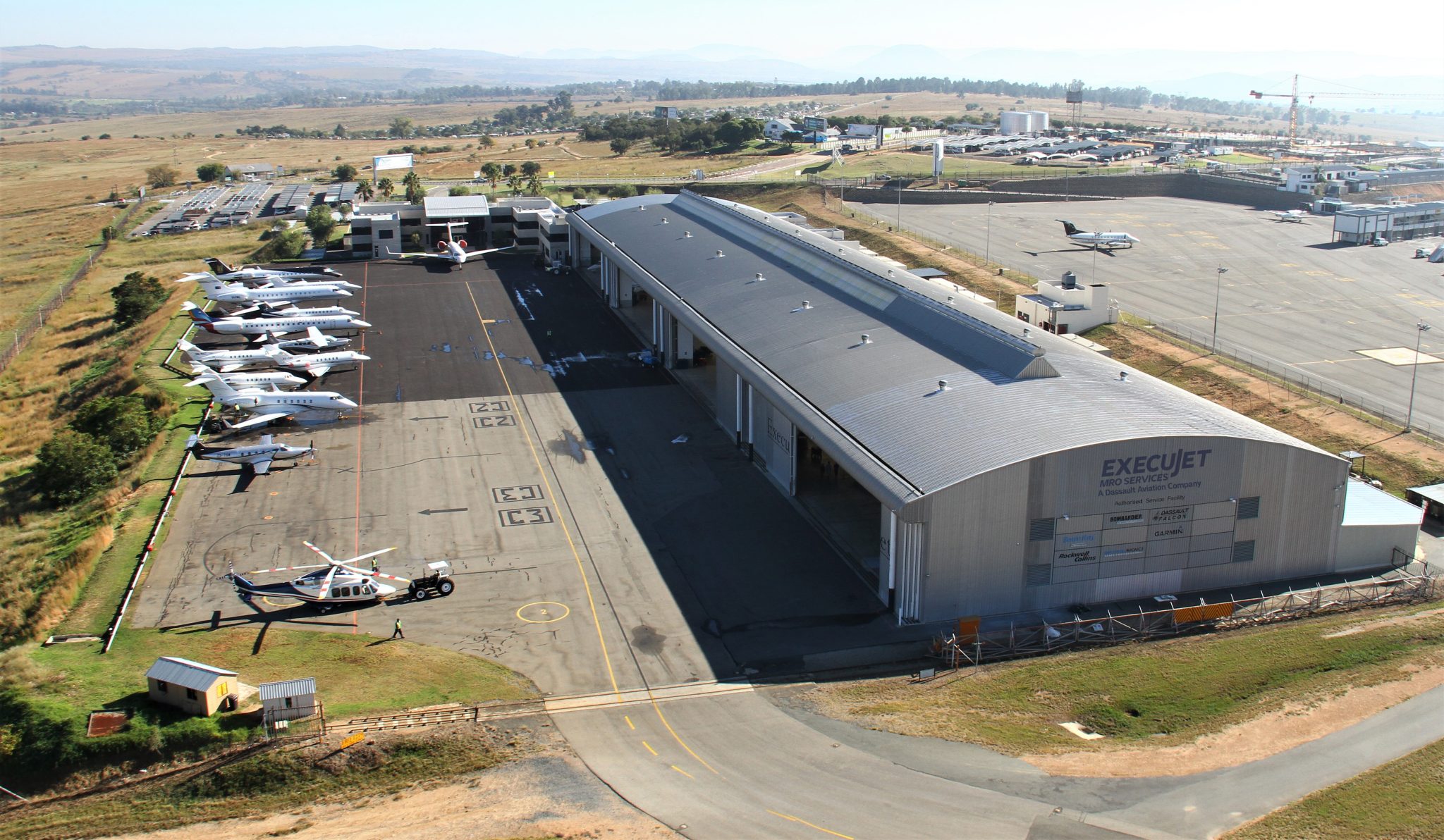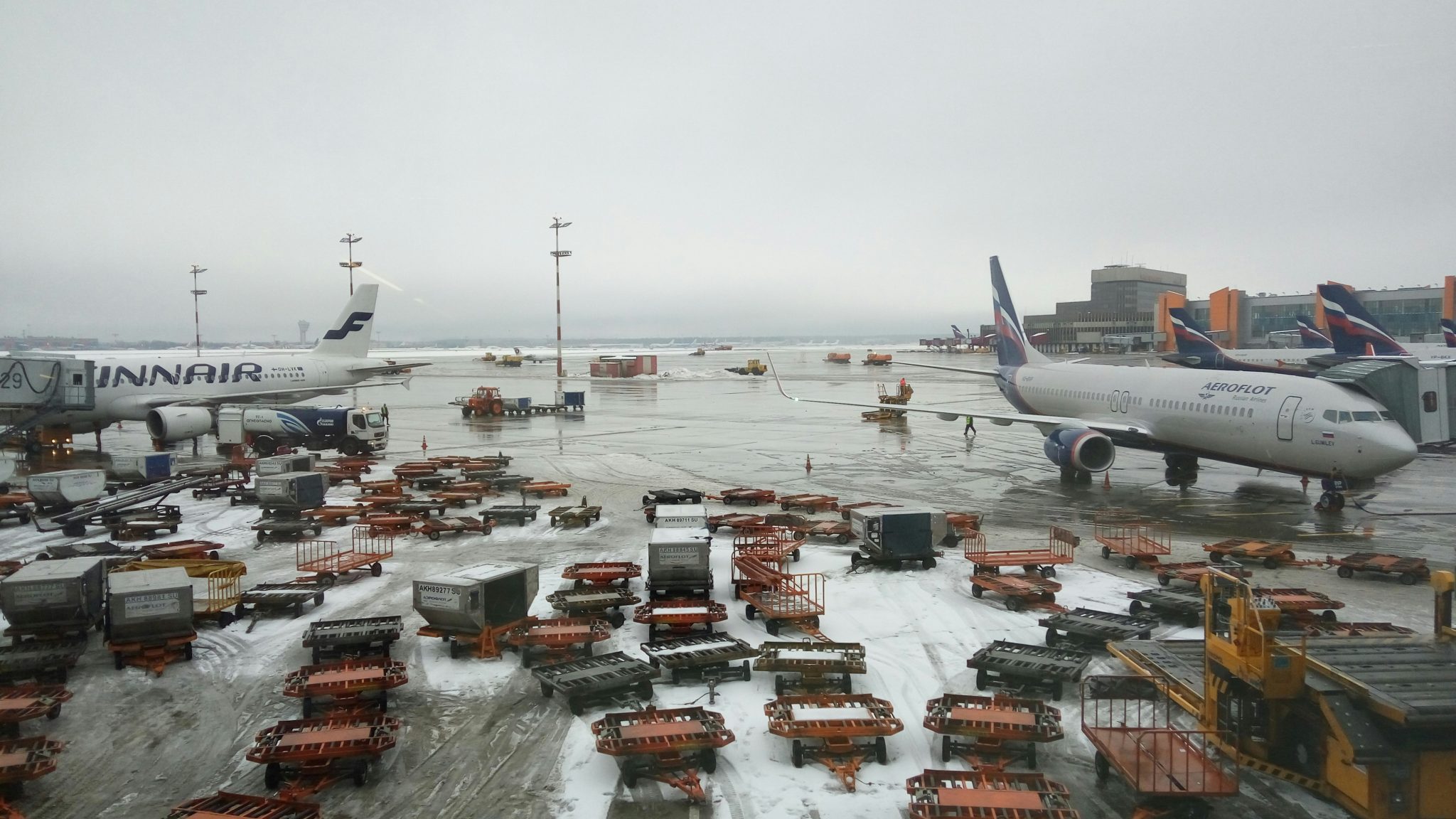The Department of Transport (DOT) has published the Draft Airfreight Strategy for South Africa in terms of the Civil Aviation Act and has called for public comment. Notice 3529 of 2025, as issued in Government Gazette No. 53426 on 26 September 2025, invites written submissions within 30 working days of publication.
Submissions must be addressed to the Director-General: Transport, for the attention of Mr Muvo Nkosi or Mr Obakeng Khutswane, via email to az.vog.tod@MisokN or az.vog.tod@OawstuhK.
Background
The Draft Airfreight Strategy forms part of the Department’s comprehensive review of transportation policies, which also produced the draft Comprehensive Civil Aviation Policy. Aviation is recognised as an important contributor to South Africa’s economic performance, and the Strategy is intended to provide a framework for strengthening the airfreight sub-sector.
According to the draft, South Africa handled approximately 450,000 tonnes of airfreight in 2024, up from 350,000 tonnes in 2005, reflecting year-on-year growth of about 1.5%. This equates to around 7.5 kilograms per person, which is broadly in line with the global average of 8 kilograms per person.
The domestic market remains modest, contributing less than 5% of total transported volumes. Most of this activity occurs between O.R. Tambo International Airport and Cape Town International Airport, with smaller proportions involving King Shaka International Airport. The bulk of airfreight volumes is international, with O.R. Tambo accounting for more than 90% of throughput.
DOT in the draft outlines that air freight should not replace other modes of transport, but instead serve as the most effective option for appropriate goods. The Strategy also underlines airfreight’s role as a buffer during disruptions in other transport modes, as seen during the COVID-19 pandemic and other recent supply chain challenges.
Recommended Interventions
The Strategy identifies interventions across a variety of areas, including:
- On-Airport: Expansion and refurbishment of facilities, provision of ICAO-compliant bypass channels, and measures to improve airside and landside efficiency.
- Connectivity: Development of aerotropolis and SEZ-linked infrastructure, integration of airports into surrounding logistics corridors, and improved land-use planning.
- Domestic, Regional and International Services: Efficient use of the domestic airport network, stimulation of regional and BRICS-related capacity, safeguarding competition in route allocation, sustaining bilateral rights, and supporting fifth freedom operations.
- Licensing: Reduction of red tape, improved capacity within the International Air Services Council, and faster turnaround times for authorisations and licences.
- Other Areas: Better collection and use of airfreight data, stronger coordination across agencies, skills development and empowerment, recognition of airfreight’s role in emergency situations, and integration of UAVs into civil airspace through risk classification, registration, and operational frameworks.
Implementation Plan
To translate these interventions into practice, the draft Strategy outlines 23 actions with objectives, performance measures, responsible parties, and indicative timeframes. These actions cover:
- Guidance for airfreight in airport expansions or new developments.
- Investment and competition at ACSA-owned airports.
- Adequate infrastructure provision.
- Development of frameworks for third-party cargo handling and competition rules.
- Provision of bypass facilities at airfreight airports.
- Express cargo facilitation and congestion reduction.
- Integrated land-use planning and improved access.
- Regional and long-haul service rights, airline cooperation, and cargo security.
- Establishment of “green channels” and strengthening of the International Air Services Council.
- Development of a national airfreight data system, improved coordination, and airfreight’s role in emergencies.
- Integration of drones and UAVs into the civil system through risk classification, airspace regulation, and registration.
Go here to access the full draft: https://www.transport.gov.za/wp-content/uploads/2023/02/Draft_Airfreight_Strategy_SouthAfrica.pdf



